
– Jack Garrity

– Jack Garrity

Our November e-blast templates are here! Reach out and retain your customers! These templates are included AT NO ADDITIONAL CHARGE to ALL Dealership for Life dealers! What are you doing to retain your customers?
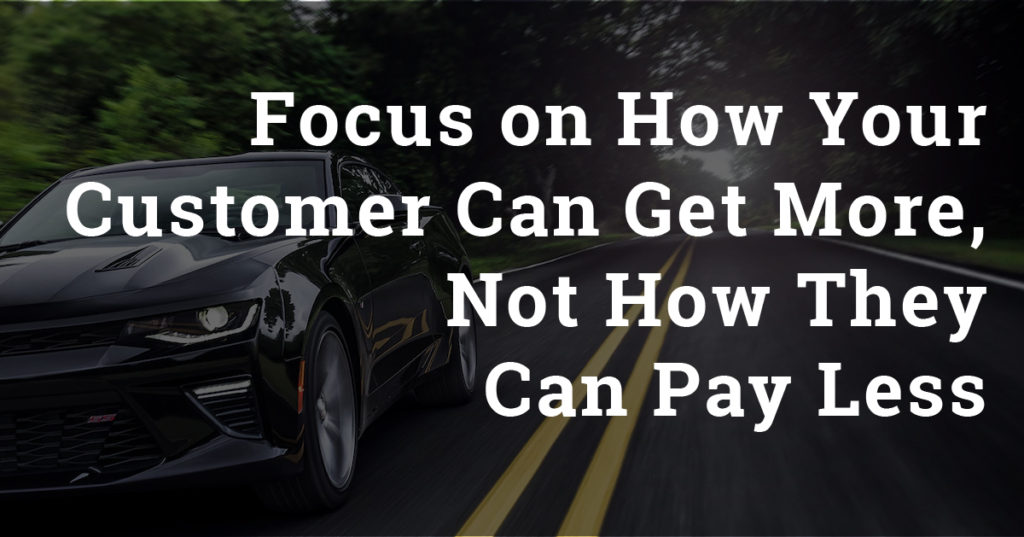
Is it even possible for customer to get more and not pay less? I’m not talking about the services most dealerships offer to their customers, such as shuttle service, complementary beverages, Wi-Fi and snacks. I’m talking about offering something unique — something that stands out and that every vehicle owner needs. Having all the right people, processes and training has always been an essential part of creating a successful business; today, though, that has become the base expectation of every business. We’ve always focused on creating a great customer experience. Great customer experiences, however, are defined by the individual.
A New Direction
Nine years ago, I accepted a service director position at a dealership in Maryland. This dealership had been in business 40 years, was family owned and well-established in the community. During my research, I had discovered the fixed operations department was operating at what we might call ”Industry standards.” With the staff of three service advisors and 12 technicians, it produced an average 40 repair orders per day at 1.6 hours per RO. The average gross profit in a month was just over $90,000, and sales to service new car retention was at a “comfortable” 30 percent. Used car retention was not measured other than by brand; the industry standard at that time was between 18 to 25 percent.
Three months prior to my coming on board, upper management had decided to move in the direction of branding the company through a loyalty program that would benefit all customers who purchased from the dealer. This program offered an array of benefits to the customers. When they revealed these benefits to me, I found them to be quite aggressive. They included complimentary oil changes, tire rotations, multi-point inspections, car washes and a lifetime engine guarantee (on the condition the customer performed all recommended preventative maintenance at our store). This was all included with the complimentary services already supplied, such as shuttle service and towing. The program also offered rewards points for purchases. When this program was explained to me, several things came to mind, mainly cost and manageability.
Train the Staff, Educate the Customer
With this program, we were building our own brand, and creating a culture of who we were and what we would do for our customers. It was a unique culture because we were providing services in such a way that others were not.
This required the staff to fully understand the value customers would receive from our brand, and utilizing word tracks and proper body language to deliver the same message to every customer is critical.
My daily activities as a director quickly shifted from mostly office work and minding numbers to actively listening to and guiding service lane staff. It was managing from the sidelines versus the locker room. Based on the services offered complementary to all customers who purchased a vehicle, growth of fixed operations happened very quickly. With the number of cars we were selling per month, I knew I had to think ahead on how I would handle the volume in three months, in six months and even a year into the future.
The next step was to help my staff understand that customers spent three to five hours with the sales staff purchasing that vehicle, and they would spend the next three to seven years as a service customer. In transforming them from sales customer to service customer, it was now the service staff’s responsibility to fully explain the way we did business through our value-added loyalty program. Every employee had to learn and explain the program in the exact same way to every customer. Once again, training and listening everyday was the key to the successful building our brand. Our training sessions were held bi-weekly as a group and based on the events and numbers generated during that time. That training was continuous.
One Year Later…
Our sales to service retention had climbed from 30 percent to 85 percent with an overall customer service retention of 74 percent. Email capture rates had increased dramatically because this is how we were now marketing ourselves. Outside advertising expenses had dropped more than 80 percent. CSI scores were rising fast due to happy customers feeling good about how we were “investing” in them. And where last year CSI average score was 78, we were now tracking in the mid 90s.
Word of mouth was on the move throughout the community about our new way of doing business — and business was much better.
Our average hours per RO was now trending at 2.2. We now had four service advisors and three more techs. Repair order count climbed to an average 65 per day.
In planning for future increased service business, we were installing an express service team along with changing to a synthetic blend oil to spread out the rapidly increasing demand of oil change services that lead to heavy maintenance services. The service department added and retained an additional 1,350 customers over the past year — now that’s called growing the business.
By the third year, more change was needed because of the increase in traffic and change in workflow. While maintenance work was climbing, warranty work was decreasing and heavy repair customer pay work stayed flat. It was time to re-evaluate technician pay plans due to the changing world of service.
The selling of maintenance-related services had nearly doubled over the past year. Before we started the program, the store was generating a bit more than 30 percent in maintenance-related up-sold services. By year two, it had climbed to just over 52 percent. Our brand and new culture was now at full speed! It was now time for our organization to prospect “the garage” by inviting our retained customers’ family and friends to become part of our “Family Plan.” This invitation granted these new customers half-price oil changes, tire rotations and car washes along with points accumulation with money spent in the service department. Talk about driving retention.
The Progress of Retention
This dealership started a branded loyalty program that made an investment in their customers. This meant investing in a “loss leader” that every vehicle owner needs and building relationships with people in the community who had absolutely no reason to take their business elsewhere. The investment paid off big for branding the dealership and produced a culture within the dealership and the community.
Think about investing in your customer — for life. Make certain that your investment is something every vehicle owner needs, and then build a relationship off of that investment. Utilize the loyalty program that will brand your company, set you apart from the rest and perform turn-key results in every aspect of marketing, customer and dealer phone apps, follow up, customer reminders, full ongoing service and sales training, along with reports custom designed to track all progress.
There are quite a few companies that can provide some or most of the elements needed to produce results — make sure to utilize the company that can do it all. Super-boost your retention and, more important, capitalize from it.
Jack Garrity
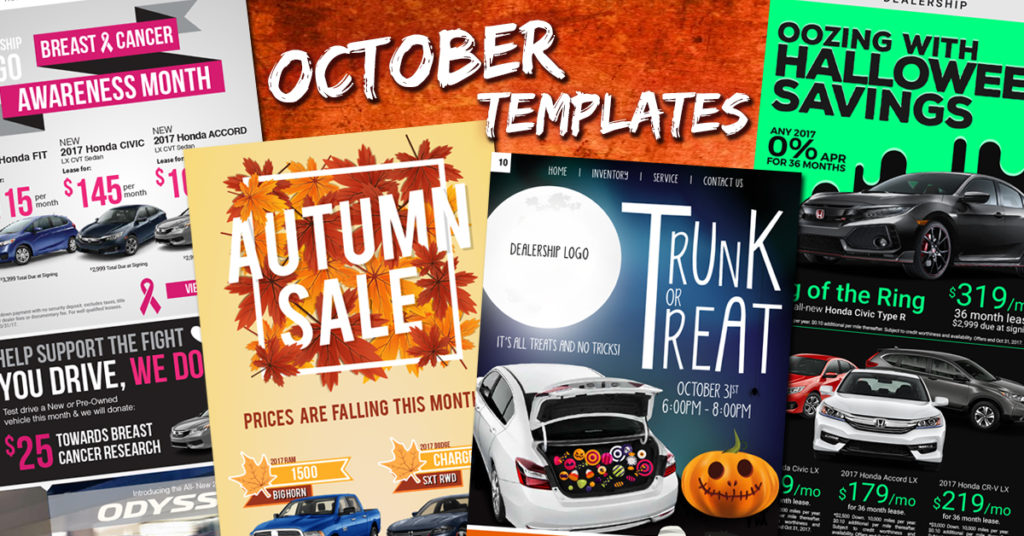
Our October e-blast templates are here! Reach out and retain your customers! These templates are included AT NO ADDITIONAL CHARGE to ALL Dealership for Life dealers! What are you doing to retain your customers?
Our designers research your dealership style and community to provide your brand with cutting edge marketing materials. Let your manufacturer brand the product you sell, Let Dealership For Life brand YOU! Our dealers experience higher open click thru and ROI rates than ever before.
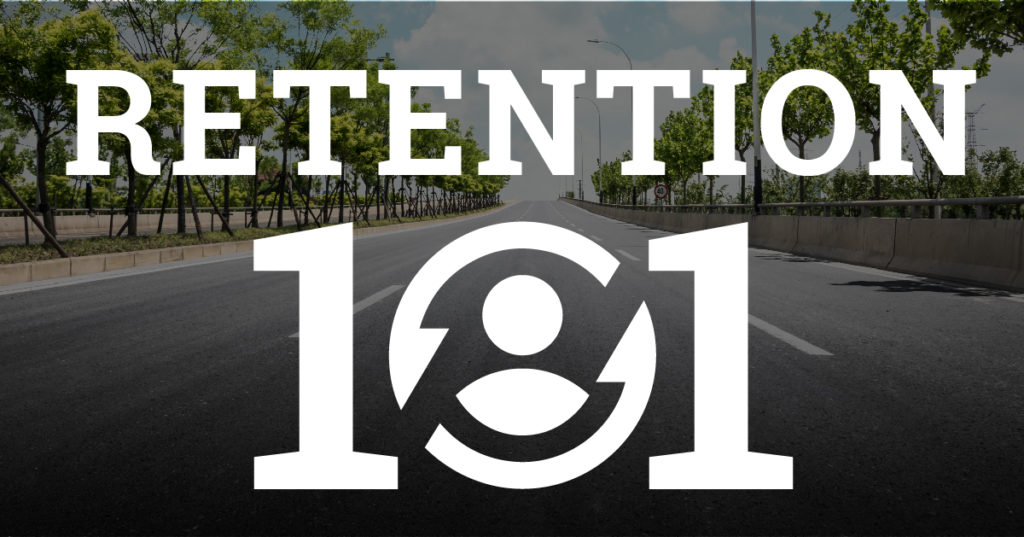
Jack Garrity

I was waiting in the airport at Jacksonville, FL for a plane the other day and several passengers
were in a passionate discussion about various reward programs that they were members of.
One was discussing free lodging, another a free flight, another merchandise. One even got an
entire weeks vacation using their points. This conversation went on for at least half an hour! It
made me think about the importance consumers place on rewards programs and how it has
proliferated our retail environment. I am old enough to remember the early versions of
rewards. I used to stick the stamps my grandmother earned by shopping at our local A & P.
They were called S & H Green Stamps. Stores sold detergent in boxes that contained dishes and other Prizes. Gas stations used to have pyramids of dishes that they gave away with a fill-up. It was exciting to shop with my Mom and pick out the cereal I wanted just because It contained a free toy. There were others that I can’t remember because I am getting old. For a very long time, retailers have recognized the value of rewarding customers for their business and it continues today. Today’s version of rewards generally takes the form of assigning a point value based on how much a customer spends. You see this in almost every sector of the economy. I travel a lot so, I belong to Airline, Hotel and Rental Car Programs, which is a nice perk for the amount of travel I do for work. I can tell you that my loyalty to certain brands runs deep and I try to find ways to do business with the companies that reward me the most.
What can we in the Automobile Industry learn from these reward programs and what would be
the positive aspects of having a rewards program for our customers? The main objective of any
rewards program is to create repeat business and that is certainly what we struggle to do as
Dealers. Just providing “great service”, whether it is in Sales, Service or Parts, is just not good
enough to create a lifetime relationship with our customer. Let’s face the truth…everyone in
business thinks they are the best, so what we have is a level playing field. You are no different
than your competitors and that is a fact!
A well thought-out and professionally executed rewards program will give you the edge against
your completion. You are thinking that it is difficult to administer and that it is going to cost
you a lot of money. Let me assure you that you would be wrong on both counts! Let’s discuss
the administration. It is probably the easiest motivational program you could possibly install,
requiring very little hands-on by your staff. The key to making it easy is to have an
administrator that has both software and data exchange with your DMS. The rest is simple and
customer/employee friendly. But, what about the cost? Your customers only earn rewards
when they spend money with you. Isn’t that what you try to get them to do every day you
open your doors? The beauty and magic in any rewards program is that the customer can only
redeem them at your store, and only to buy more stuff from you! You can even set the value of
the redemption to your tolerance level. Most dealers I see are fully agreeable to set it at about
a 5% rebate on dollars your customer has already spent with you. The only cost is a miniscule
administration fee from your rewards partner.
Side benefits of a points type rewards program is that you can use the points to motivate your
customers to do the things you want them to. Offering points for purchases is just one way.
How about if you offer them for events like attending your New Owner Clinic, liking you on
Social Media, giving you a review on Dealer Rater, a surprise gift on their birthday, returning your on-line surveys, coming in on an “off” day in service just to receive bonus points, thanking them for community service such as military, fireman, policeman, paramedic, etc. Most Dealers pay cash for a customer referral purchase which the receiving customer most likely spend somewhere else. How about if you reward them with points instead of cash so they can only redeem them with you to buy something you are selling?
So, if you are serious about creating lifetime customers, motivating those customers to do what
you want them to do, and therefore creating more sales, then you need to consider installing
and providing a rewards program that has value to your customers.
– Roy Olive
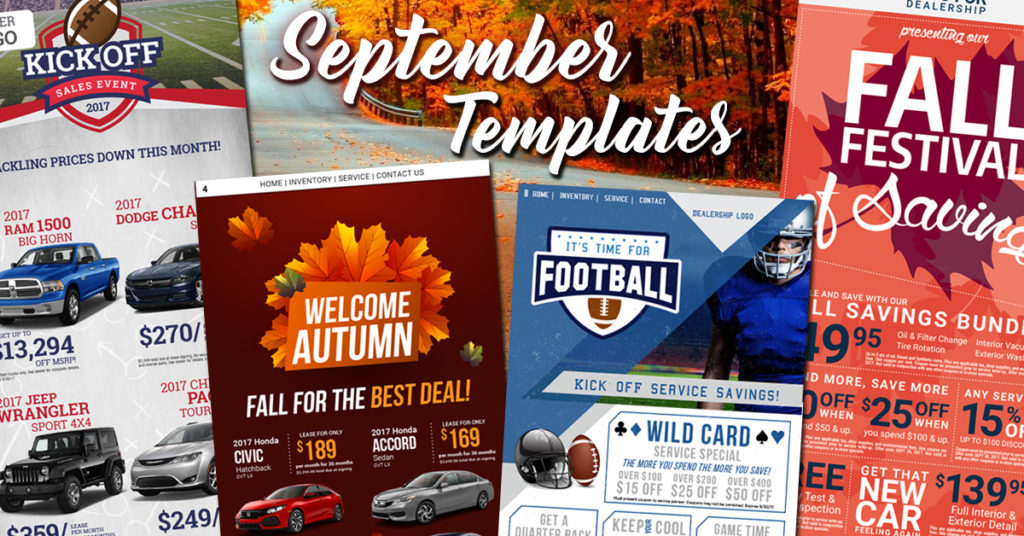
September e-blast templates are here! Reach out and retain your customers! These templates are included AT NO ADDITIONAL CHARGE to ALL Dealership for Life dealers! What are you doing to retain your customers? Retain your customers this month!

Our Labor Day E-Bast Templates are here! Reach out and retain your customers first with these templates. ALL DFL dealers will receive these templates at NO Additional Charge! What are you doing to retain your customers? Give your customers reasons to return to your dealership this Labor Day!
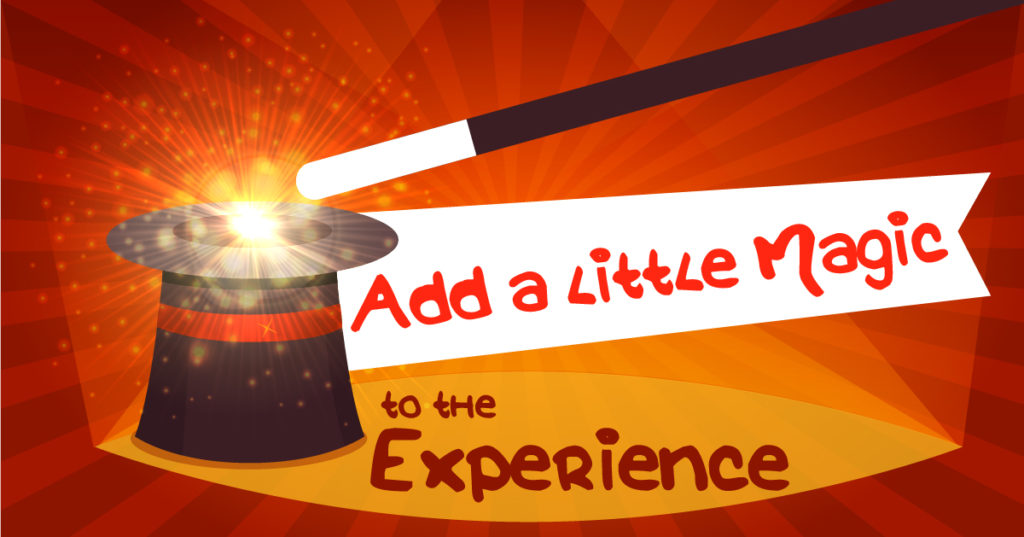
I find it fascinating that everyone in the automobile business doesn’t use a rewards card to thank their customers for their loyalty. I don’t know the exact numbers who do but in the course of visiting over 200 dealerships per year it is a very low percentage.
Every industry wants to keep their customer engaged and coming back. How many people fly and don’t sign up for the airline rewards card? The same goes for hotels, grocery stores, and gas station. When you think about it, most of us have multiple rewards programs we belong to and get rewarded by.
The psychology of these programs is pretty simple to grasp. I’m going to spend my money with you and in return you will invest in me to get future business. This is a true win, win for both the customer and the business. How many people have stopped using cash all together so they can put their purchases on a credit card that is connected to a rewards program? The entire loyalty equation is changing. People don’t buy from you because their parents did. The prices on most products are already bare bones so they don’t just buy because it cost less. They don’t always come back because we treat them right. Customers know if you don’t appreciate their business, someone else will.
In the cost conscious world of the automotive industry some may look on reward cards as an extravagance. This does not have to be the case. A small percentage back can add up quickly for the customer and over time all of these visits will create numerous RO’s. Think of it this way, a coupon for a 9.95 oil change will cost the service department twenty or thirty dollars or more. Mostly like this will bring us a price buyer who spends money just for the oil change and we never see them again. That same money credited to a rewards card might bring us two or three RO’s and over time a loyal customer who continues to use the dealership for all of their automotive needs.
The difference between a rewards card and coupons or discounts are pretty significant. The latter is a bribe. We are spending money to gain business and hoping it leads to more business. With a loyalty card it is just the opposite, the customer gives us business and then we give them the thank you. The best part about this method is we have thanked the customer but he needs to do more business with us to reap the reward. Let me go over that one more time, when you use a discount or coupon the cost is up front and final. When you use a loyalty card the recognition is up front but the cost is down the road and is developing future customers not one time buyers.
The synonym for reward is award. Isn’t that what it is really about? We all want to receive an award for what we do. We give awards to our top athletes, our top writers, actors, and scholars. The same principle must apply to our customer base. How are you awarding the customer for doing the performance you want?
Reward cards are an intricate part growing your business. It is easy for the customer to understand and very cost effective. It answers two of our most important questions, why buy here, why service here. If we are not reinvesting back into our customers we are wasting a golden opportunity.
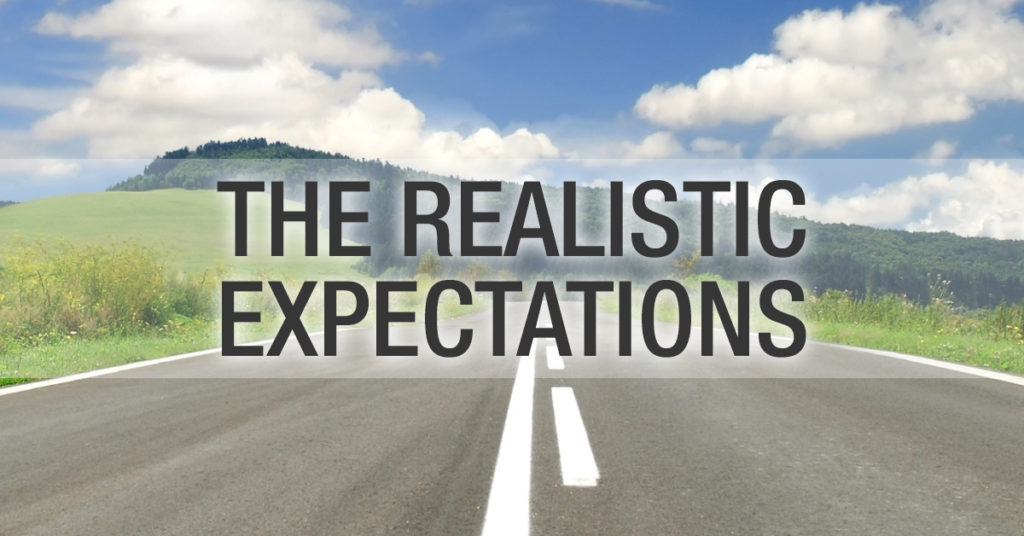
You are thinking that you need a retention program to move your business model to the next
plateau but you are not sure of what to expect? I have been training and installing retention
programs for dealers for close to 10 years and here is what I know.
A Golden Rule in the creation of a Loyalty Program is to never start a retention program unless
you are 100% committed to it. What I mean is that you are going into it with realistic expectations, you are looking at it as a long-term program and that you will work to ensure it
becomes a culture in your business. When you open the doors each day it will be a priority and
the way you conduct your business!
Let’s talk about the realistic expectations. There are immediate short-term gains, but you must
be patient to realize the long-term success of your program. I will break down into 3 categories
what you should be looking for. These categories are Sales, Service and Repeat Buyers.
Sales: Immediately, you will be offering a greater value-add to your customer in the buying
experience which, if properly implemented, should result in higher front-end gross profits,
added sales volume, higher CSI scores, more referrals and additional tools to make it easier to
close more deals. You want to think of the benefits you offer as a “Why buy here instead of
from my competition?” Most importantly, it will set you apart from your competition. They
simply will not be able to compete with you on VALUE. Some common components that make
up the benefits that you could offer each sales customer are Engine Guarantee, oil changes, tire
rotations and car washes. These each have a high perceived value and help to overcome price
objections. You couple these benefits with what you already are providing, such as Gourmet
Coffee and Snacks, Children’s play area, shuttle service, pick-up and delivery service, etc. and
you have just moved to a new plateau in how you value your customer. It is like the verse in the
bible, Luke 6:38,and I am paraphrasing, “Give and you shall receive”.
Service: If you are like most Dealers you probably fall somewhere in the range of 30 to 40%
retention currently (as measured only by NEW vehicle sales and reported by your OEM based
on 2 service visits within the first year after purchase). A properly designed, value-add,
retention program will double your current percentage of sales customers that are using your
service department. Rewarding your customer each time he services with you gives you a great
opportunity to up-sale at the next visit through “found money”. It is a more honest way of
conducting business in that the customer begins to feel that you have a vested interest in taking
care of them by keeping them safe and operational. Each visit is an opportunity to prepare for
the next visit and set realistic expectations on what services will be needed. You can expect
your absorption rate to move closer to the gold standard of 100%, an increase in the number of
repair orders daily and more customer dollars spent per RO. In every case where we have
conducted an audit of who spends more, we find that the customer that is a member of your
retention program spends anywhere from $12 to $226 more per visit than a non-member
customer. An increase in repair orders results in more labor hours and more parts being sold.
Repeat Buyers: A customer that bought from you and serviced with you during their ownership
cycle will return to you for their next vehicle approximately 86% of the time vs. a customer you sold and who never serviced with you returns to repurchase less than 25% of the time. It is a
reality that it is much easier to resale a vehicle that you originally sold new and serviced. You
want this trade-in as it is much more valuable than an auction vehicle! The typical time this
type vehicle stays on your lot is approximately 2 weeks. By installing a well thought out
retention program you are guaranteeing that you will increase your % of resales and receive a
highly valuable trade-in as a part of the deal. You have created a “Pre-Owned Vehicle Factory”.
-Roy Olive